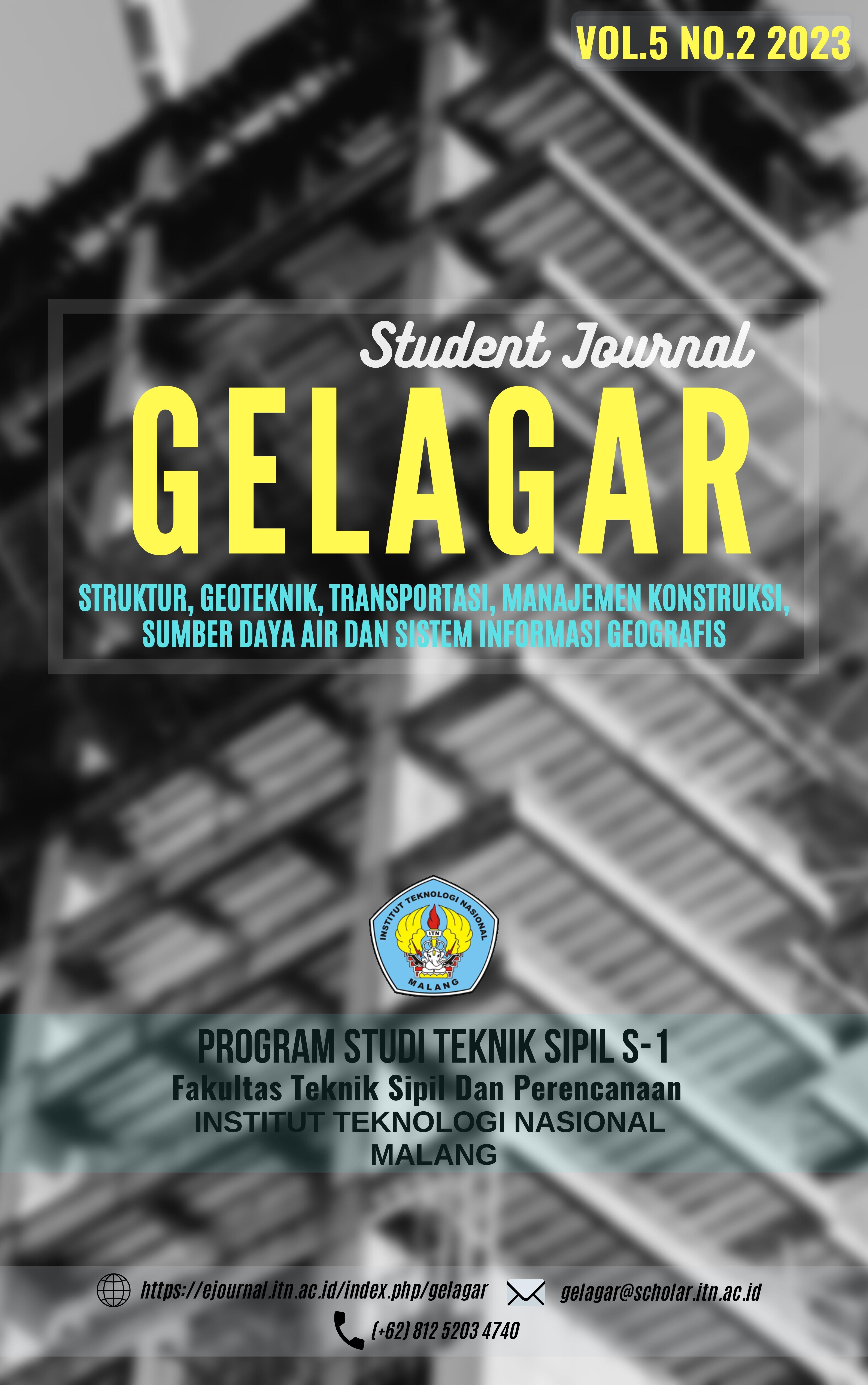UJI IMPACT PANEL DINDING EXPANDED POLYSTYRENE DENGAN KALSIUM SILIKAT DAN PENYAMBUNG GESER BAUT
Abstract
The development of the construction system is very fast. This can be seen from the need to accelerate the provision of housing. So the government tried a new innovative construction system using expanded polystyrene (EPS) concrete sandwiches. This concrete is used as wall construction. EPS lightweight concrete panels have a relatively light weight which is one of the requirements for an earthquake-resistant house. To increase the bearing capacity of the EPS lightweight concrete panel wall into a structural wall or bearing wall, the alternative is to use additional reinforcement layers. The purpose of this study was to determine the impact resistance of EPS lightweight concrete panels with variations in calcium silicate layer reinforcement and without calcium silicate layer reinforcement. The wall panel material is obtained from precast. The size of the EPS lightweight concrete panel is 1800 mm x 610 mm x 75 mm, this test refers to SNI 03-3122-1992. There are 3 variations of EPS lightweight concrete panels, namely unreinforced EPS lightweight concrete panels (PPL), calcium silicate layer reinforcement (PPK) and calcium silicate layer reinforcement and bolt shear connectors (PBK). The type of board used is calcium silicate board. The results showed that the average density of polystyrene concrete panels was 612.57 kg/m3, the average elastic modulus was 942.37 MPa, the potential energy (Ep) was 132.435 joules and the average water absorption capacity was 12.11%. The results of the impact resistance test cannot maintain its rigidity when it gets a shock load of 27 kg.


